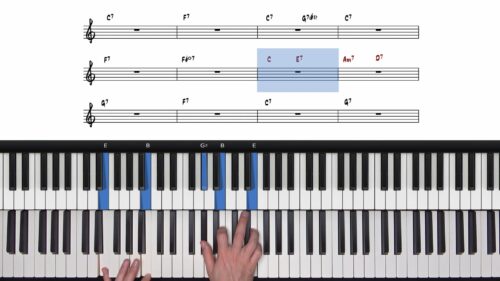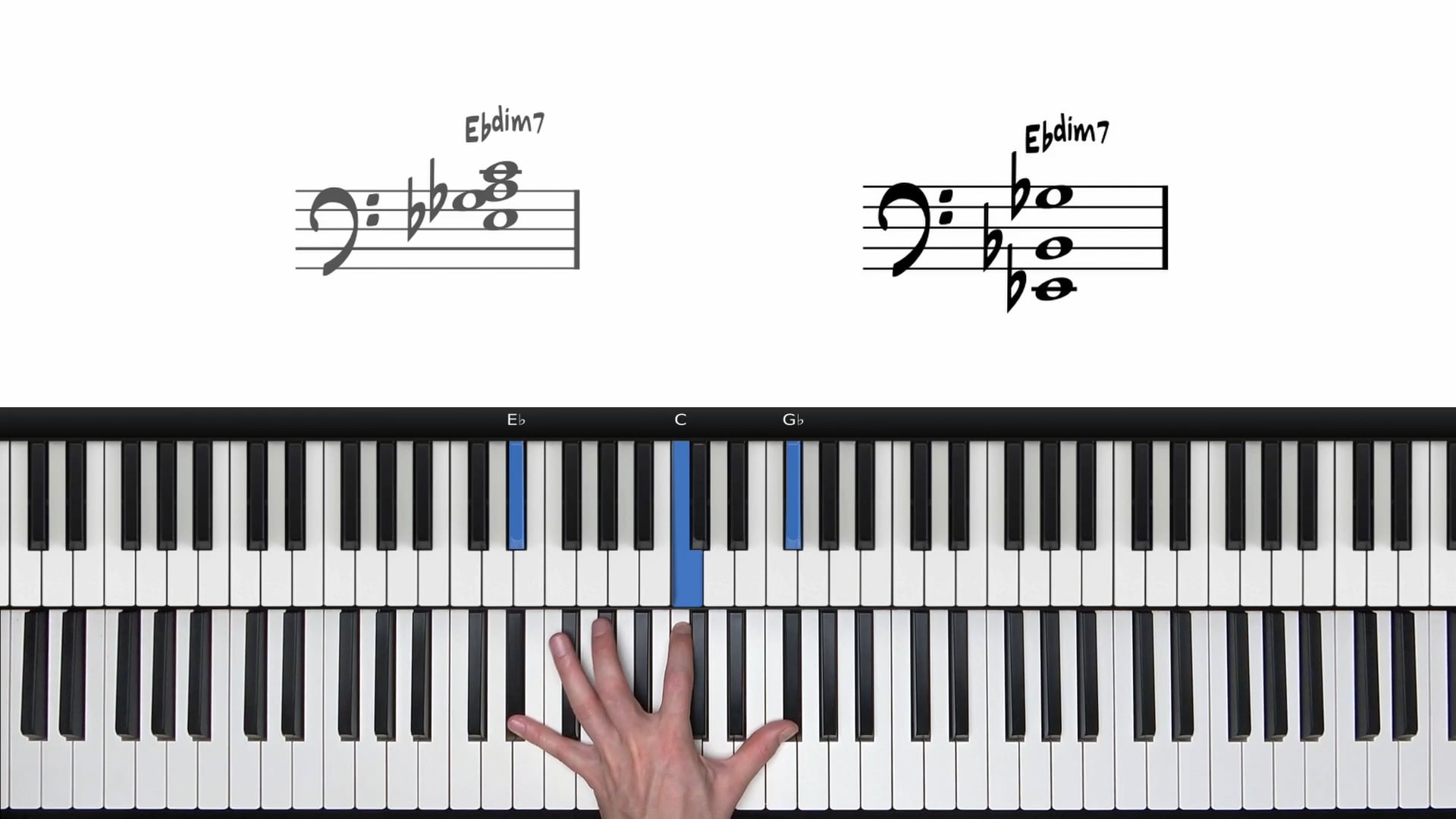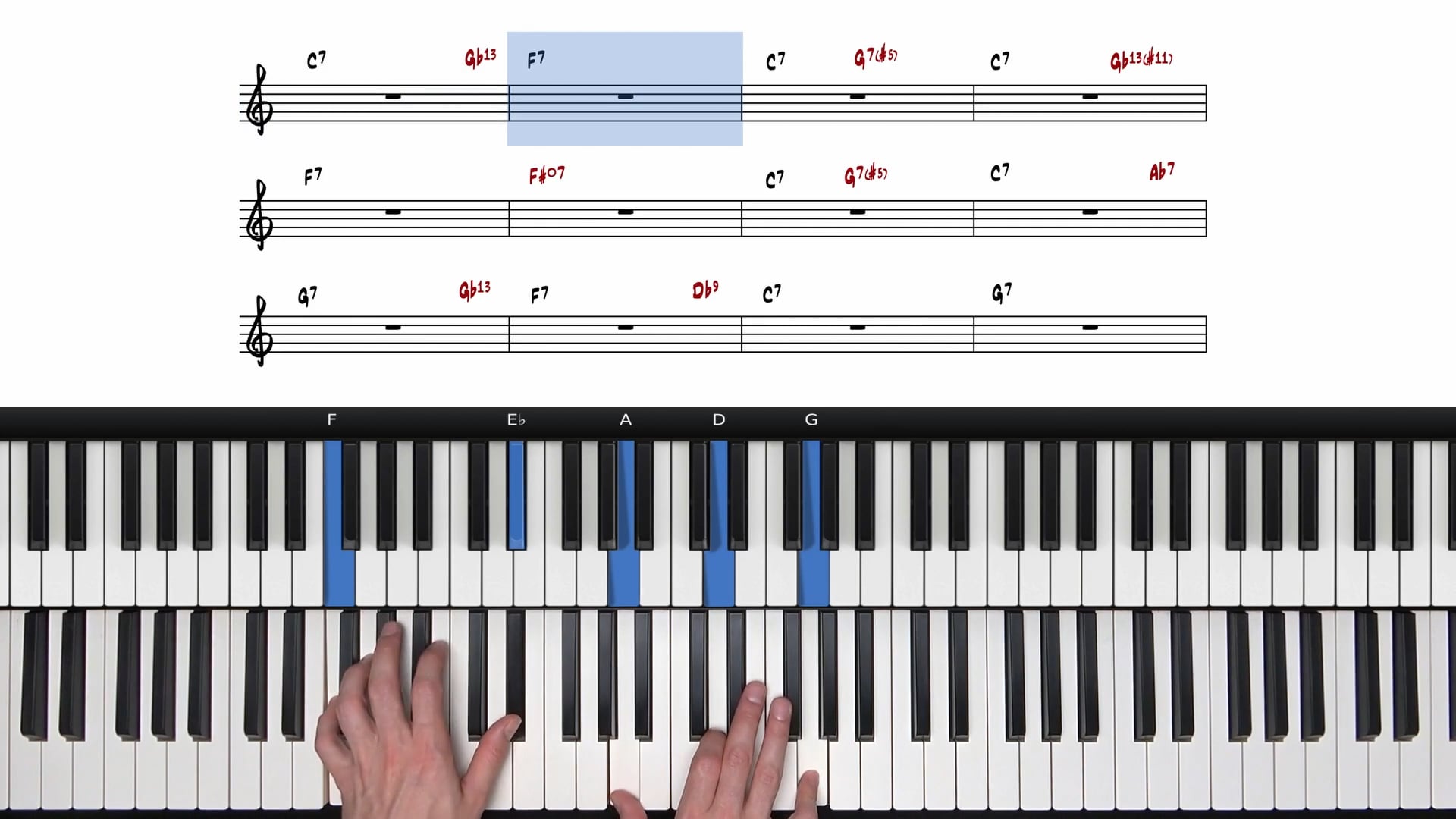Mastering Left Hand 10ths in Slow Blues Piano
In this lesson on slow blues piano, we delve into the essential technique of playing 10th intervals in the left hand. This technique provides a rich and full-bodied accompaniment that beautifully supports melodic improvisation in the right hand.
We explore practical drills, hand positioning, and harmonic applications to help pianists build strength, flexibility, and confidence with this valuable left-hand voicing technique.
Understanding the 10th Interval
We start by defining the 10th interval — the span between the root and the 3rd of a chord, but with the 3rd played an octave higher. For instance, in a C major scale, this would be C to E.
We emphasize how these intervals – when played in the lower registers of the piano – create a powerful harmonic foundation perfect for slow blues piano.
Building Muscle Memory and Technique
One of the key challenges with 10th intervals is the physical stretch required. The lesson offers detailed advice on hand position, including letting the hand hang off the edge of the keyboard and using the very tips of the fingers.
We explore exercises to build comfort and accuracy when reaching for these wide intervals, focusing on chords such as C7, F7, and G7 which are amongst the easiest 10th intervals to reach on the piano.
Developing Left Hand Drills
To help internalize the position of 10ths, a series of progressive drills are introduced. These include:
-
Playing staggered notes (first the root, then the 10th)
-
Gradually building up to playing both notes simultaneously
- Walking up the C major scale with 10ths on each degree (Cmaj7, D-7, E-7, Fmaj7, G7, A-7, Bdim)
The exercises also incorporate adding the 5th and 7th for fuller triadic and 7th chord textures, with tips on how to manage voicing in the lower registers without muddiness.
Applying 10ths to Blues Harmony
As the lesson progresses, we explore how to use 10th intervals in the context of a 12-bar blues progression in C. The 10ths can be used on the I, IV, and V chords (C7, F7, G7), as well as in more advanced passing chords such as Gb13#11.
The lesson showcases how to use these intervals effectively with melodic embellishments in the right hand, including grace notes, suspended triads, and blues scale fills.
Wrapping Up with Musical Application
To conclude, the lesson combines all the techniques into a demonstration of 1 chorus of slow blues, showing how the 10th intervals support a slow blues performance.
Lesson Downloads
-
Slow Blues Performance File Type: pdf
Practice Tips
-
Start With Staggered Notes – Begin by playing the root and 10th separately to get used to the stretch before attempting to play them together.
-
Use Just the Fingertips – Ensure only the tip of your pinky and thumb press the keys for maximum reach and flexibility.
-
Train with the C Major Scale – Practice 10ths through each chord of the C major scale to build familiarity with diatonic intervals.
-
Watch for Muddy Sounds – Be cautious when adding 7ths in the lower register, especially for a lower register C7.
- Apply in Context – Practice integrating the 10ths into a slow blues progression to hear their full effect in a musical setting.







